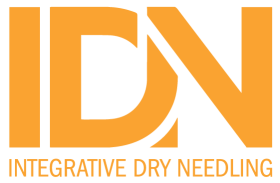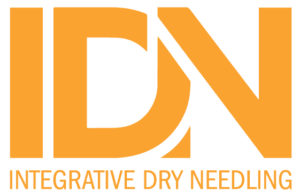Dry needling versus instrument assisted soft tissue mobilization in patients with cervicogenic headache: a randomized controlled trial
Disabil Rehabil. 2025 Dec 23:1-13. doi: 10.1080/09638288.2025.2605621. Online ahead of print. ABSTRACT PURPOSE: This study was conducted to compare dry needling (DN)


